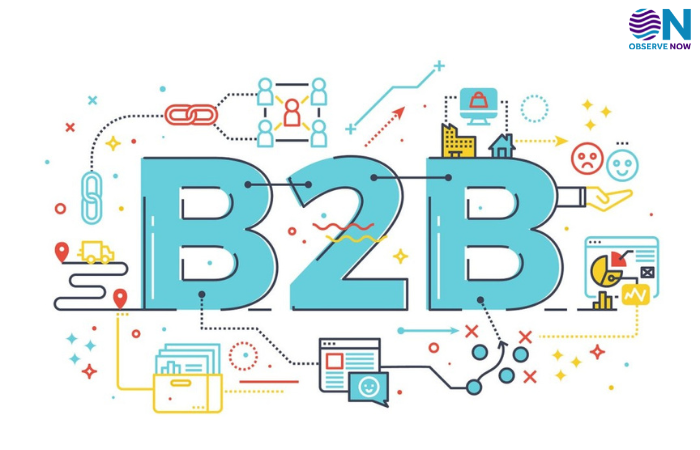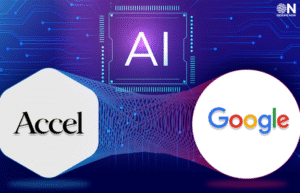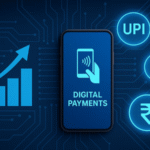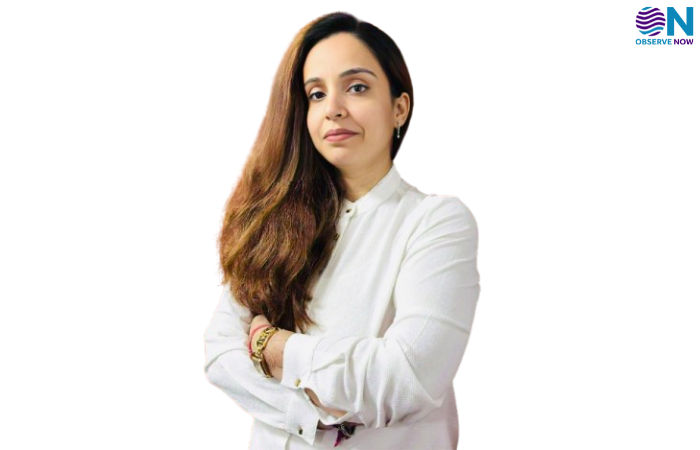Why the Future of Demand Generation Looks Nothing Like the Past

As the B2B landscape in India continues to evolve, the traditional playbook for demand generation is being rewritten. The past relied heavily on broad-based email campaigns, lengthy lead funnels, and high-touch sales calls. But today’s ecosystem, defined by digital maturity, data-rich environments, and real-time decision-making demands a very different approach.
The future of demand generation is increasingly being shaped by intent signals, AI-powered personalization, and precision targeting. Indian enterprises are leveraging tools that analyze behavioural patterns, search trends, and firmographic data to predict when a potential buyer is most likely to engage. Instead of casting a wide net, marketers are now focusing on depth over breadth, reaching fewer people but with significantly more context.
One key shift is the rise of self-service discovery. Buyers now complete nearly 70–80% of their journey independently before speaking to a sales rep. That means demand generation has moved upstream, merging with content strategy, UX, and even product design. The responsibility no longer lies with just the marketing team, cross-functional alignment is critical.
The era of gated PDFs and static nurture tracks is giving way to dynamic, conversational formats. Interactive demos, product explainers embedded with chat support, and real-time comparison tools are replacing drip emails. Indian SaaS and fintech firms, in particular, are investing in digital assets that provide value first, without demanding user information upfront.
Moreover, the lines between brand and demand are increasingly blurred. Brand visibility, community engagement, and thought leadership are no longer “top of funnel” luxuries, they directly contribute to pipeline health. In the Indian context, where B2B buying is deeply relationship-driven, trust-building through content and reputation is now a core component of demand generation.
The old formula, create an asset, drive traffic, collect leads, pass to sales, is no longer enough. The future is faster, more data-driven, more customer-led, and far more integrated. For Indian companies looking to grow sustainably, adapting to this new era isn’t optional, it’s the only way forward.
















